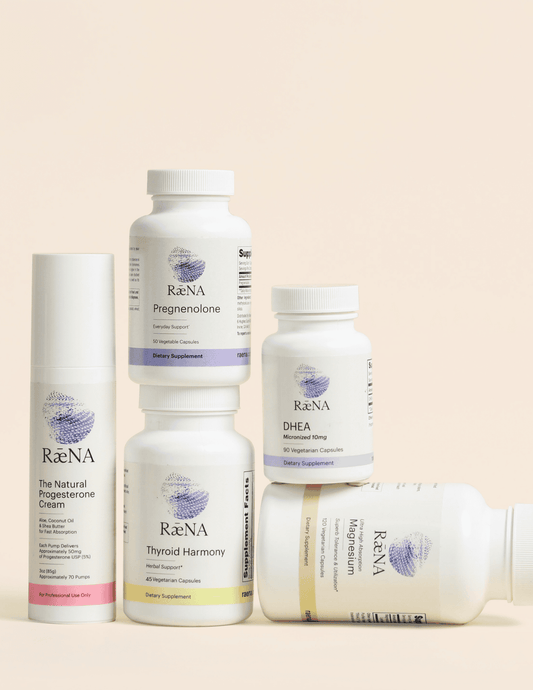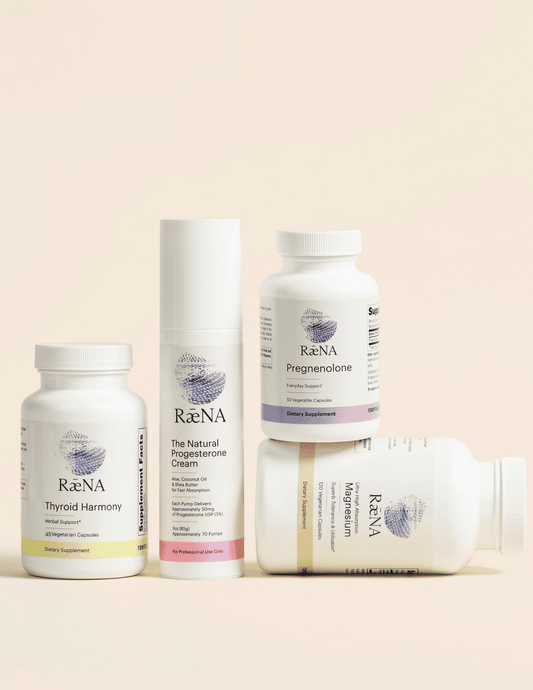
Fibroids: Symptoms, Causes, and Solutions
RaenaFibroid tumors are most commonly found in the uterus of women in their 20s, 30s, and 40s. Fibroids are usually benign (non-cancerous) and are often referred to as myomas or leiomyomas. They are a condition associated with estrogen dominance.
Symptoms of Fibroids
About 30% of women aged 25 to 44 report fibroid-related symptoms, such as:
-
Lower back pain
-
Heavy vaginal bleeding
-
Painful menstrual periods
Other symptoms linked to fibroids include:
-
Abnormal menstruation
-
Pelvic pain
-
Heavy periods
-
Miscarriage
-
Frequent urge to urinate
-
Painful urination
-
Back or leg pain
-
Constipation
The Link with Thyroid Nodules
A study of 925 participants found that 17.6% had thyroid nodules and uterine fibroids simultaneously. The study showed that uterine fibroids in women were definitely associated with thyroid nodules, suggesting estrogen may play a pivotal role in both conditions (Endocr J).
What Causes Fibroids?
Many researchers believe fibroids are caused by an excess of estrogen in the body. Experimental animal studies have shown fibroids can be produced by estrogen injections.
Estrogen is a sex steroid hormone responsible for the menstrual cycle and the rebuilding of the uterine lining. Progesterone balances estrogen and has a protective role. When estrogen levels are too high and progesterone is low, fibroids may develop.
Progesterone production often decreases during one’s 30s and 40s, while estrogen production may increase. Improper diet, certain medications, and environmental factors can contribute to this hormonal imbalance.
Possible Solutions
Since fibroids are likely linked to estrogen, bioidentical progesterone is a known safe and effective treatment. It can shrink fibroid growth and may even prevent new fibroids from developing.
It’s important to note the difference between progestin and progesterone. Studies show progestin does not significantly affect fibroids. Progestin is not the same as progesterone, and many clinical experiences report excellent results using natural progesterone for fibroid treatment.
Vitamin D may also help treat fibroids. A study on rats found that “on average, uterine fibroids in the group receiving vitamin D were 75 percent smaller than those in the untreated group” (National Institute of Health).
To explore if natural and effective treatment for fibroids is right for you, get started at www.raena.com.


